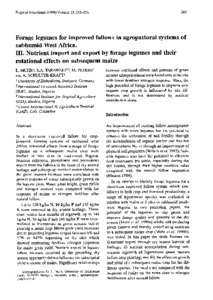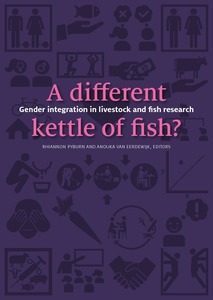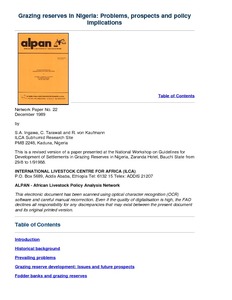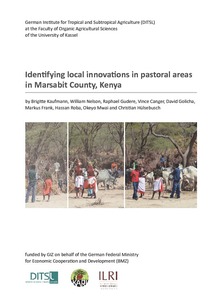Forage research in smallholder and pastoral production systems
Discusses the use of forage legumes in the contexts of seasonality of other feeds particularly natural pastures and crop residues, the seasonality in animal movements, the competitiveness for land and labour of forage legumes, and the complementarity of forage legumes with other feeds in smallholder as well as pastoral production systems in sub-Saharan Africa. Ends with research implications & recommendations.











